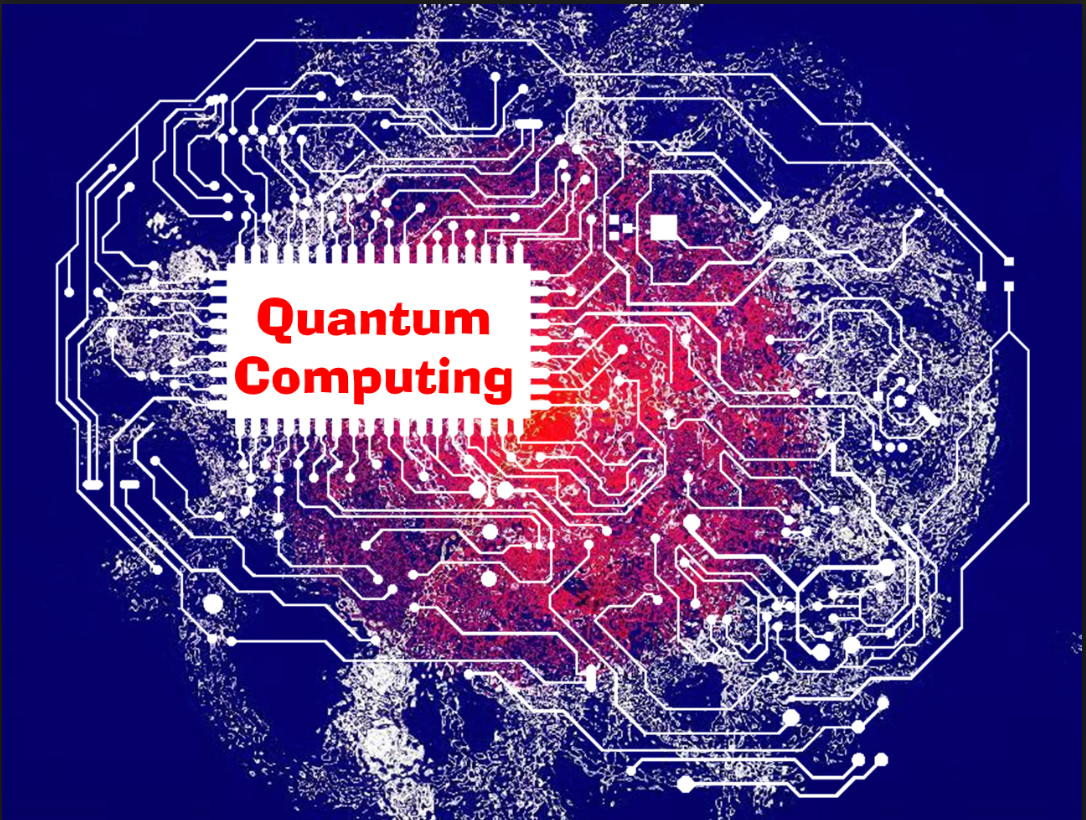
Quantum computing is a new type of computing that uses the principles of quantum mechanics, the science of how very tiny particles like atoms and photons behave.
Here’s a simple way to think about it:
- Classical Computers: Traditional computers use bits, which can either be 0 or 1, to process information. Think of it as a light switch that is either on (1) or off (0).
- Quantum Computers: Instead of bits, quantum computers use qubits. A qubit can be 0, 1, or a mix of both at the same time (this is called superposition). Think of it like a spinning coin: it’s not just heads or tails but both until it stops.
- Entanglement: Qubits can also be linked together in a special way called entanglement. This means the state of one qubit is directly related to the state of another, no matter how far apart they are. This allows quantum computers to process complex problems faster than classical ones.
- Speed and Power: Because of superposition and entanglement, quantum computers can handle many calculations at once, making them incredibly powerful for tasks like solving problems in cryptography, chemistry, and optimization.
In summary, while classical computers solve problems step-by-step, quantum computers explore many possibilities simultaneously, making them a powerful tool for specific types of problems. However, they are still in the early stages of development and not yet practical for everyday use.




